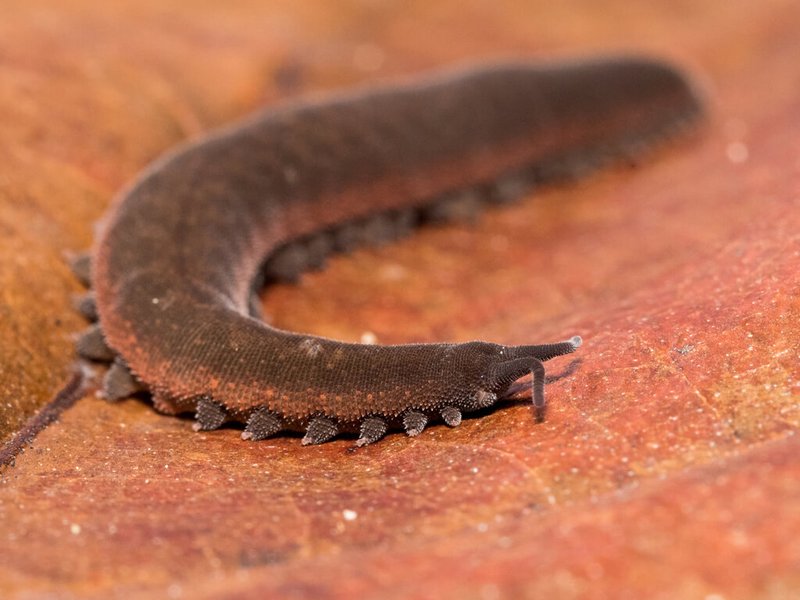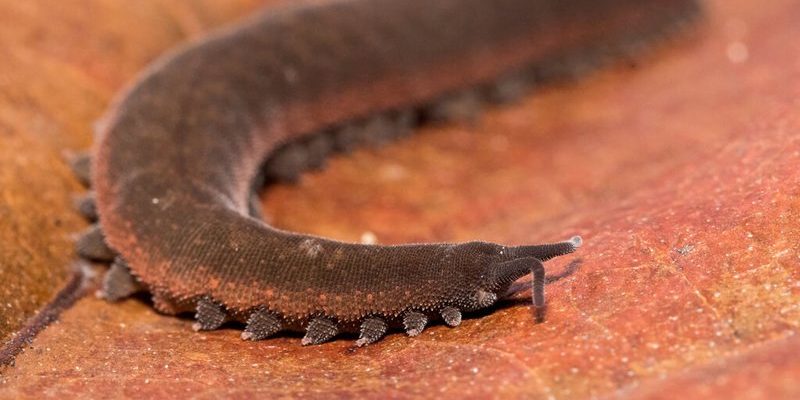
Imagine a velvet worm as a cross between a caterpillar and a mini-dragon. They have a squishy, soft body and can shoot out a sticky slime to catch their prey. Their world, filled with dense forests and leaf litter, is a treasure trove of oddities. Nature documentaries that focus on these creatures highlight not just their unusual appearance but also the incredible strategies they use to hunt. Think of it like watching a slow-motion, real-life superhero movie—complete with suspense, drama, and a touch of slime.
So, why should we care about velvet worms? Well, understanding their hunting techniques and behaviors sheds light on the complex ecosystems they inhabit. Plus, they may offer clues to evolutionary biology and the interconnectedness of life on Earth. Let’s dive deeper into how these fascinating beings are captured on camera in nature documentaries and what we can learn from their stories.
What Are Velvet Worms?
Velvet worms are ancient creatures that belong to a group of animals known as *Onychophora*. They’ve been around for about 500 million years, making them relative dinosaurs of the invertebrate world! These soft-bodied, worm-like animals have a unique blend of features that set them apart from other creatures. For instance, they have multiple pairs of stubby legs and a rich, velvety texture—hence the name.
You might be wondering where you can find these critters. Velvet worms love damp, humid environments like rainforests and leaf litter. They often hide under logs or stones during the day, emerging at night to hunt for food. Their diet usually consists of insects and other small invertebrates. Imagine them as the skilled hunters of the forest floor, using their camouflaged bodies to blend in perfectly with their surroundings.
In nature documentaries, you’ll often see these creatures in their natural habitat, showcasing their intriguing behaviors. They might not be the most glamorous animals, but their unique traits make them a fascinating subject for filmmakers. The gentle movements and odd appearances of velvet worms remind us just how diverse and unusual life can be.
How Velvet Worms Hunt
So, how do these little guys catch their dinner? Velvet worms have an impressive hunting technique that often catches viewers by surprise. When they spot a potential meal, they can shoot out a sticky slime from glands located near their mouths. This slime can immobilize their prey almost instantly. It’s like shooting a gooey, magical web!
Once the prey is stuck in the slime, the velvet worm moves in quickly. They’ll use their sharp jaws to grab and consume their meal. Here’s the cool part: they don’t just chew their food; they can also inject digestive enzymes to help break it down. This method allows them to consume larger prey than you might expect for such small creatures.
In documentaries, the slow-motion shots of this hunting process reveal the tension and excitement of the hunt. You can almost feel the thrill as they carefully stalk their prey, making you root for the little guy. Watching velvet worms in action is not just educational; it’s a captivating experience that showcases the wonders of nature.
The Role of Velvet Worms in Their Ecosystem
Velvet worms may be small, but they play an essential role in their ecosystems. By preying on small insects and invertebrates, they help regulate populations. This balance is crucial for maintaining the health of forest ecosystems. If you think of ecosystems as a giant web of life, velvet worms are like one of the small but vital threads that keep everything connected.
Moreover, velvet worms serve as prey for larger animals like birds and reptiles. This means they are a critical part of the food chain. Nature documentaries often highlight these connections, showing how every creature plays a role in the bigger picture.
By documenting velvet worms, filmmakers provide insights into the intricate relationships within ecosystems. Understanding these connections can inspire viewers to appreciate biodiversity and the importance of conservation. It emphasizes that even the smallest creatures matter in the grand scheme of things.
Filming Challenges in Documentaries
Capturing velvet worms in their natural habitat isn’t as easy as it sounds. These creatures are masters of camouflage, often blending into their surroundings. Filmmakers need to be patient and strategic, often spending hours or even days waiting to capture the perfect shot. It requires a deep understanding of the worms’ behaviors and habits.
One of the biggest challenges is filming their delicate hunting technique. Since velvet worms are nocturnal, many documentaries use infrared cameras to capture them at night. This technology allows filmmakers to see their movements without disturbing them. Imagine the excitement of catching a glimpse of a velvet worm in action, armed with nothing but your camera and sheer determination.
The filmmakers also have to ensure they don’t disturb the environment while filming. Respecting wildlife and their habitats is crucial. This ethical approach shines through in nature documentaries, allowing audiences to feel connected to the creatures without negatively impacting their lives.
Why We Should Appreciate Velvet Worms
It’s easy to overlook creatures like velvet worms, but they deserve more attention. They remind us of the amazing diversity of life on our planet. Understanding how they hunt and live enriches our knowledge of nature and the intricate web of life that surrounds us.
Also, studying velvet worms and similar organisms can help scientists learn more about evolutionary biology. Their unique features offer clues about the progression of life on Earth. It’s like holding a historical record of evolution in the palm of our hands.
Finally, sharing their stories through documentaries raises awareness about the importance of conservation. As habitats shrink and ecosystems face challenges, highlighting the existence of velvet worms and their roles can encourage efforts to protect them. When we appreciate these odd little creatures, we take a step toward loving and preserving our planet.
Velvet worms may not be the first animals that come to mind when you think of nature documentaries, but they’re fascinating creatures with a lot to offer. Their unique hunting methods and essential roles in their ecosystems are worthy of exploration and appreciation.
Watching these tiny predators in action can spark curiosity and inspire a deeper connection to the natural world. The next time you see a nature documentary, keep an eye out for velvet worms. You might just find yourself captivated by their strange beauty and impressive skills. Embracing the hidden wonders of nature, no matter how small, reminds us that every creature, including the velvet worm, plays a part in the grand story of life on Earth.

